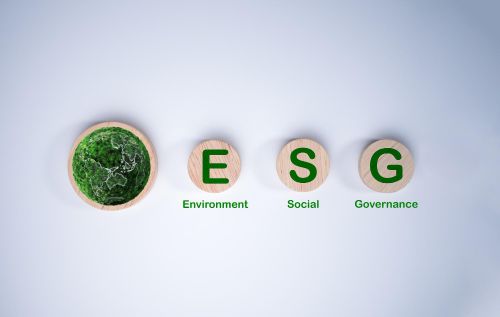Amazon Study Finds E-Commerce Can Slash Emissions


Cut through the green tape
We don't push agendas. At Net Zero Compare, we cut through the hype and fear to deliver the straightforward facts you need for making informed decisions on green products and services. Whether motivated by compliance, customer demands, or a real passion for the environment, you’re welcome here. We provide reliable information—why you seek it is not our concern.
A new study from Amazon Sweden offers evidence that well-orchestrated e-commerce can play a significant role in reducing carbon emissions. Conducted alongside analysis firm Makrologik and partners including PostNord, Adlibris, and MEDS, the research analyzed transport data, sales patterns, and survey responses from over 1,800 Swedish consumers.
The findings are remarkable: online purchases were shown to produce 81–88% less CO₂ than traditional in-store shopping. For rural and suburban residents, who often drive longer distances for errands, e-commerce led to 76–84% shorter driving distances. Amazon customers also reported two to three fewer store visits per month, thanks to consolidated deliveries—many of which use electric vehicles.
Rather than replacing physical retail, the study positions e-commerce as a powerful complement, particularly for those in remote areas or with busy schedules. Notably, 60% of respondents said they would shop online more often if they knew it was better for the environment, revealing a key opportunity for public education.
Academic Review Urges Caution and Context
While Amazon’s data highlights e-commerce’s potential climate benefits, a recent study by Heleen Buldeo Rai, Sabrina Touami, and Laetitia Dablanc at Université Gustave Eiffel urges a more nuanced interpretation. In a comprehensive review of over 20 studies, they found that online shopping does typically result in fewer emissions—averaging 1,810 grams of carbon dioxide per purchase (gCO₂), compared to 3,395 gCO₂ for in-store purchases—but only under specific conditions, such as when shopping habits rely heavily on car use.
Their research points out that e-commerce is far from uniform. Non-food purchases, for example, have higher return rates and failed deliveries, increasing their environmental cost. Behavior also matters: "showrooming" (browsing in-store before buying online) can more than double emissions for an online purchase, while "webrooming" (researching online before shopping in person) can cut store-related emissions nearly in half.
The study underscores that retail’s climate impact depends not just on the channel, but on how it’s used—suggesting that smarter shopping, not just digital shopping, is key to sustainability.
Source: aboutamazon.eu

More related content

New €87 Million Scheme Backs Green Hydrogen Projects in Former Germ...

California's Updated Clean Fuel Standards Set to Take Effect

European Supervisors Seek Public Input on ESG Stress Testing Guidel...
